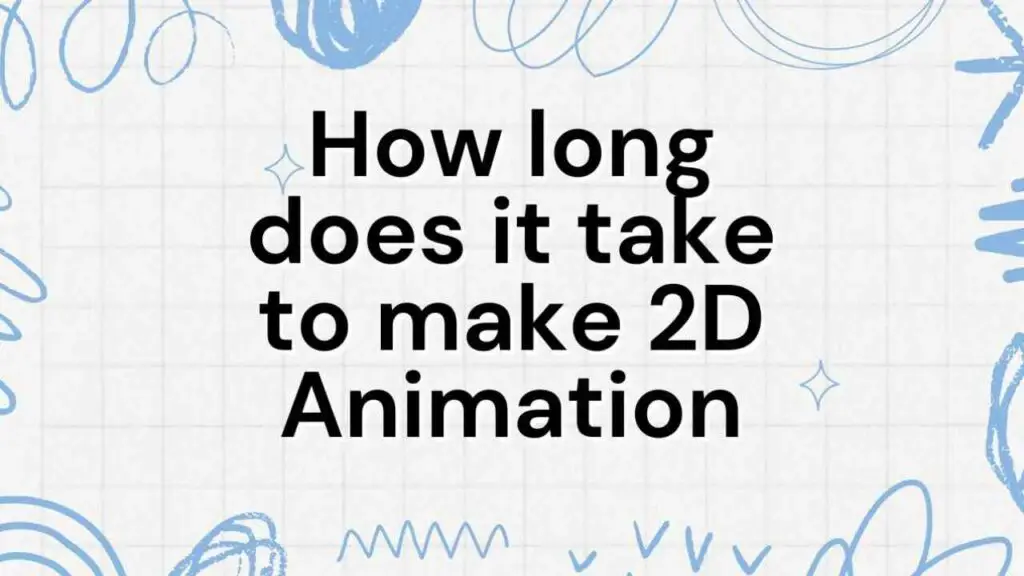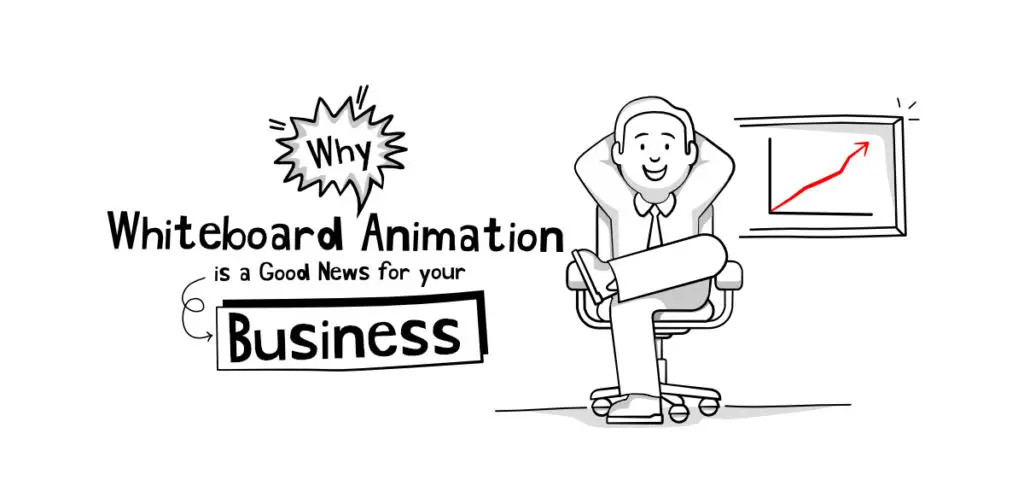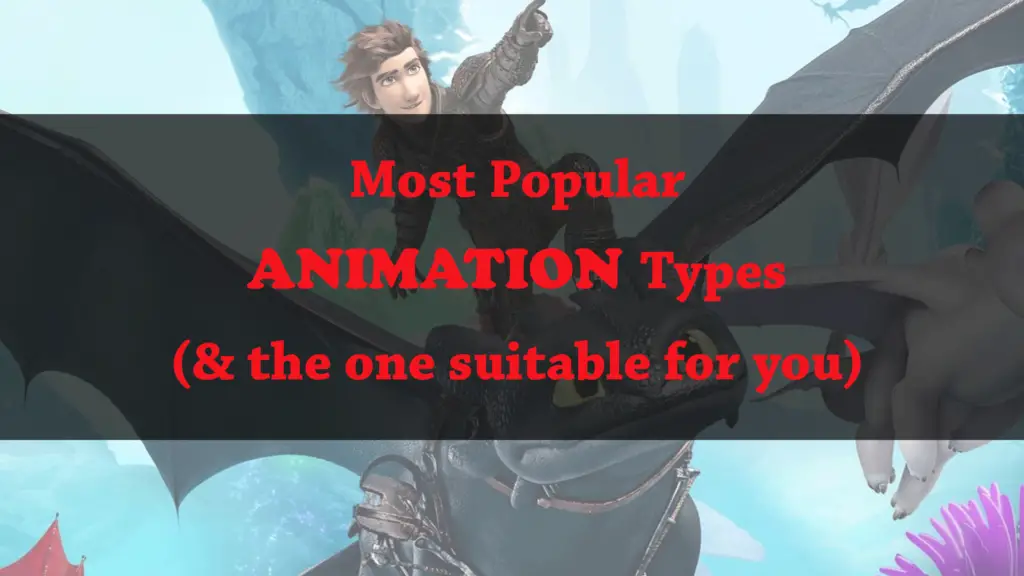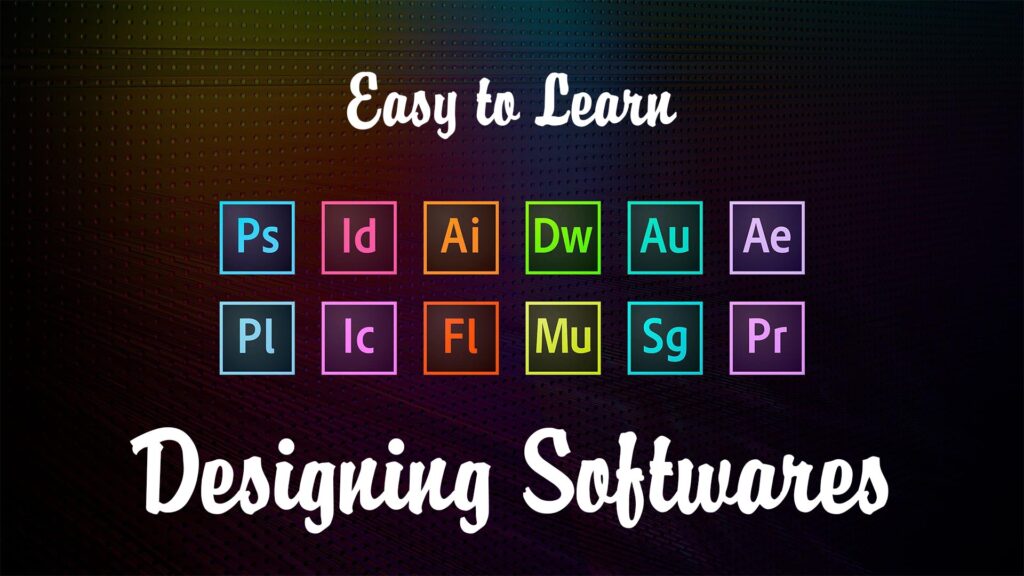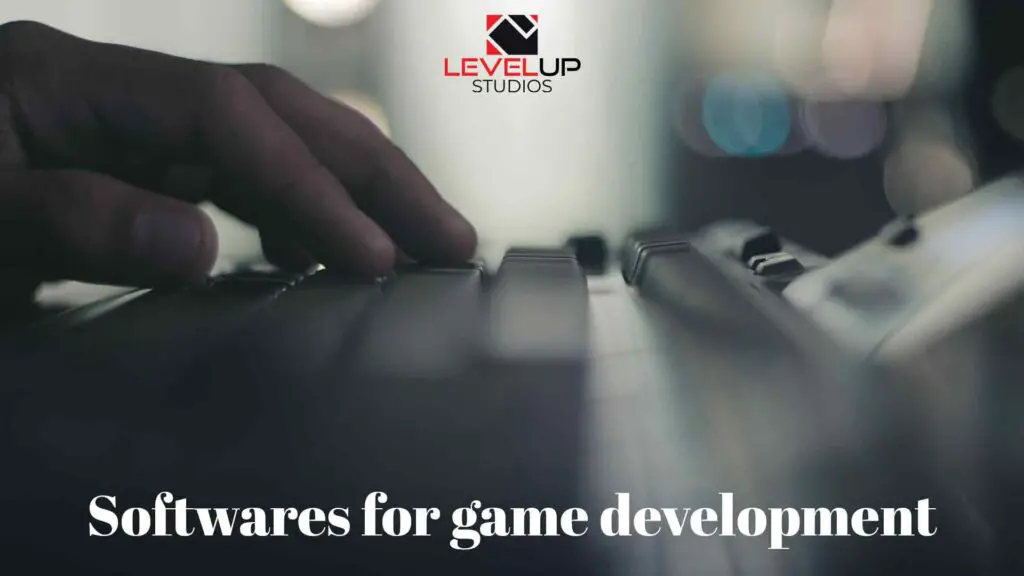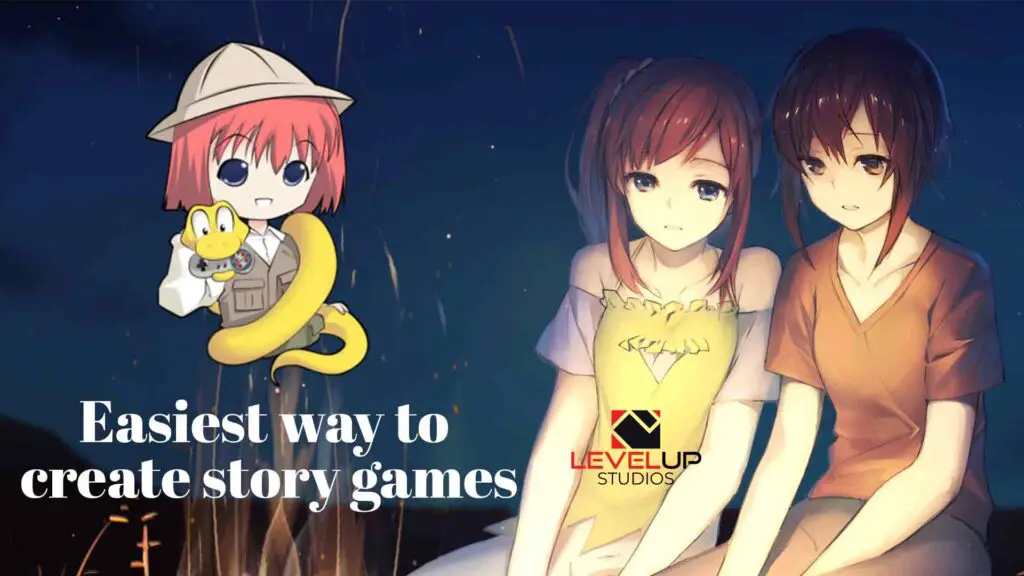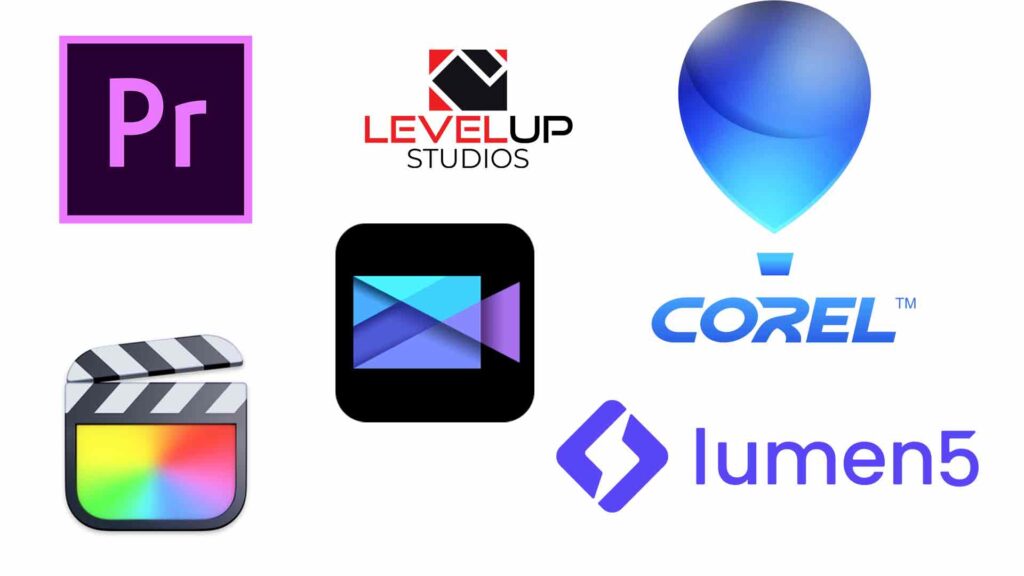THIS ARTICLE MAY CONTAIN AFFILIATE MARKETING LINKS! IN CASE YOU MAKE A PURCHASE THROUGH ONE OF THE LINKS, WE'LL GET A SMALL COMMISSION. WITH NO EXTRA CHARGES TO YOU. THANKS!!
So, what exactly is animation? Well, it’s like giving life to still images or objects. Imagine your favorite characters moving, talking, and having adventures on your screen—that’s the magic of animation! And in this article we will explore how long does it take to make 2d animation.
At its core, animation involves creating a series of images and playing them in rapid succession. This rapid-fire display tricks our eyes into seeing continuous motion. Think of it as a flipbook, but way cooler and on your TV or computer.
Now, there are various types of animation. You’ve got traditional hand-drawn animation, where each frame is painstakingly crafted by skilled artists. It’s like an art form on its own!
Then there’s 3D animation, where characters and scenes are created in a digital environment. Ever watched those mind-blowing animated movies? Yep, that’s the 3D magic at work.
And let’s not forget the world of stop-motion animation, where real-world objects are moved frame by frame. It’s incredible to see how a bunch of inanimate objects can come alive through this method.
Some examples of famous animated films are Toy Story, Spirited Away, The Lion King, and Frozen. Animation can also be found in television shows, video games, websites, and social media. Animation is a popular and creative medium that can appeal to people of all ages and backgrounds.
How long does it take to make 2D Animation?
Let’s take a journey through the animation timeline, breaking down the process of bringing your ideas to life.
- Brainstorming and Conceptualization (Weeks to Months):
- Start by brewing up those creative juices. What’s the story you want to tell? Who are your characters? What’s the vibe? Grab a notepad, doodle, brainstorm with pals—let the ideas flow like a river. This phase sets the foundation for your animated masterpiece.
- Scripting (Weeks):
- Once your ideas are simmering nicely, it’s time to pen down a killer script. Outline the scenes, the dialogue, the drama! This is the roadmap that’ll guide your animation journey. Make it engaging, witty, and true to your vision.
- Storyboarding (Weeks):
- Visualize your script! Create a series of rough sketches representing each scene. It’s like creating a comic book version of your animation. This step helps you see the flow of your story and make any necessary tweaks before diving into the heavy lifting.
- Voice Acting (Weeks):
- Time to give your characters a voice! Find talented voice actors who can breathe life into your script. Audition, select the best fits, and let the recording sessions begin. It’s amazing how much emotion a good voice can add to your animation.
- Animatic (Weeks):
- Combine your storyboard and voice recordings to create a rough version of your animation, known as an animatic. This is like a moving storyboard—it helps you refine the timing and pacing of your scenes. Don’t worry about details yet; focus on the big picture.
- Animation (Months to Years):
- Here comes the meat of the process. Depending on your animation style, this could involve hand-drawing frames, creating 3D models, or manipulating real-world objects for stop-motion. Patience is key, my friends. Each frame contributes to the magic.
- Editing and Sound Design (Weeks):
- Assemble your animated scenes, fine-tune the timing, and add sound effects and music. This step enhances the overall viewing experience. A well-chosen soundtrack can elevate your animation to a whole new level.
- Review and Revisions (Weeks):
- Gather feedback from trusted friends or collaborators. Be open to constructive criticism and be ready to make those final tweaks. It’s the polishing phase—making sure every frame shines.
- Export and Share (Days):
- Hit that export button and save your creation in all its glory. Whether you’re sharing it on your blog, social media, or at film festivals, get ready for the world to see your hard work pay off!
How can I speed up the animation process?
Let’s crank up the creativity and streamline the animation process!
- Plan Like a Pro:
- Before diving into animation, have a rock-solid plan. Detailed scripts, thorough storyboards, and a clear vision will save you time in the long run. It’s like having a treasure map for your creative adventure.
- Use Animation Software Wisely:
- Choose animation software that suits your style and workflow. There are fantastic tools out there designed to make your life easier. Familiarize yourself with hotkeys and time-saving features—they’re the secret spells of efficiency.
- Embrace Rigging for 2D:
- If your characters are complex, consider rigging. This technique involves creating a skeleton for your characters, making movements smoother and saving you precious time. It’s like giving your characters an internal magic structure.
- Reuse Assets:
- Don’t reinvent the wheel. Reuse backgrounds, characters, or certain elements. It’s not cheating; it’s being resourceful. Your audience won’t mind if a familiar tree pops up in a few scenes.
- Master the Art of Copy-Paste:
- Copy-paste isn’t just for text. Use it wisely in animation for repetitive movements or elements. This trick is your time-travel spell—duplicating frames without the need to redraw.
- Batch Process:
- If you have similar scenes, tackle them in batches. It’s like setting up an assembly line for your frames. Work smarter, not harder.
- Optimize Your Workflow:
- Identify bottlenecks in your process and find ways to optimize. Maybe certain scenes take longer due to their complexity. Front Load your work, starting with the most challenging parts.
- Prioritize Frames:
- Focus on keyframes first. These are the critical poses or moments in your animation. Once they’re locked in, filling in the gaps becomes smoother. It’s like sketching the main contours before diving into the details.
- Learn from the Pros:
- Study the workflow of seasoned animators. You’ll pick up tricks, techniques, and shortcuts that can significantly speed up your process. It’s like having mentors guide you through the magical realms of animation.
- Time Management Magic:
- Set deadlines and stick to them. Break down your project into manageable chunks. Time management is your trusty wand—wave it wisely to conjure efficiency.
Remember, the key is finding a balance. Speeding up the process doesn’t mean sacrificing quality.
2D Animation vs. 3D Animation
Now we’re diving into the epic showdown of 2D Animation vs. 3D Animation. It’s a clash of creative titans, and we’re here to explore the magic behind each!
2D Animation: The Classic Artistry
- Charm of Tradition:
- 2D animation is the OG of animation. It’s the classic hand-drawn or digitally created style that has charmed audiences for generations. Think Disney classics or your favorite Saturday morning cartoons.
- Artistic Freedom:
- It’s a canvas of endless possibilities. Artists can let their imagination run wild with unique art styles, expressive characters, and creative backgrounds. Every frame is a stroke of artistic genius.
- Quicker Production:
- In general, 2D animation can be produced faster. The process involves creating frames in a sequence, making it more straightforward and often quicker than its 3D counterpart.
- Nostalgia Factor:
- There’s something inherently nostalgic about 2D animation. It taps into a sense of warmth and familiarity that takes many of us back to our childhoods.
- Cost-Effective:
- For those on a budget, 2D animation tends to be more cost-effective. The tools are often simpler, and the production pipeline is generally less complex.
3D Animation: The Digital Marvel
- Realistic Depth and Detail:
- 3D animation brings characters and worlds to life in a three-dimensional space. The level of detail and realism achievable in 3D is mind-boggling. Think about your favorite Pixar or DreamWorks films.
- Versatility in Camera Angles:
- With 3D, you’re not just watching a story unfold; you’re experiencing it from different angles. The ability to manipulate the camera in a 3D space adds a layer of immersion that 2D can’t replicate.
- Complex Movements and Physics:
- 3D animation excels at intricate movements and realistic physics. From hair blowing in the wind to characters interacting with complex environments, 3D handles it with finesse.
- Modern Aesthetics:
- It’s the animation of the digital age. Many contemporary films and video games leverage 3D animation for its sleek, modern look. If you want that cutting-edge feel, 3D might be your go-to.
- Learning Curve:
- Here’s the tricky part. 3D animation often comes with a steeper learning curve. The software can be more complex, and mastering the art of 3D animation takes time and dedication.
In the end, the choice between 2D and 3D depends on your artistic vision, the story you want to tell, and your technical comfort zone. Are you drawn to the classic elegance of 2D, or do you crave the immersive realism of 3D? Both have their unique charms, and the magic is in the animator’s wand.
